Benefits of implementing the FAPI Marketing Framework. Empowering marketing functions to performance.
A powerful asset for organizations seeking to empower their marketing strategies
A robust marketing organizational plan is crucial for success in today's fast-paced and dynamic business world. The FAPI Marketing Framework™ has emerged as a powerful tool that enables companies to enhance their marketing efforts, align them with overarching business strategies, and drive exceptional results. In this article, we delve into the benefits the FAPI Marketing Framework™ offers to organizations looking to revolutionize their marketing efforts.
Unveiling the power of the FAPI Marketing Framework™: A unified path to marketing excellence
The FAPI Marketing Framework™ is a comprehensive methodology that seamlessly blends various marketing components into a singular, influential strategy. Once integrated into an organization's functions, it introduces numerous advantages encompassing strategy planning, team management and resources planning to drive innovation and predictive outcomes.
So, let's take a look at the benefits of adopting the FAPI Marketing Framework™ in any marketing organization:
Benefit 1. Efficiency and resource optimization
Streamlining processes and optimizing marketing resources are fundamental to any successful marketing function. The FAPI Marketing Framework™ aids organizations in developing leaner and more efficient marketing structures. Companies can ensure their marketing efforts are effective and resource-efficient by identifying and eliminating redundancies, allocating resources accurately, and optimizing workflows.
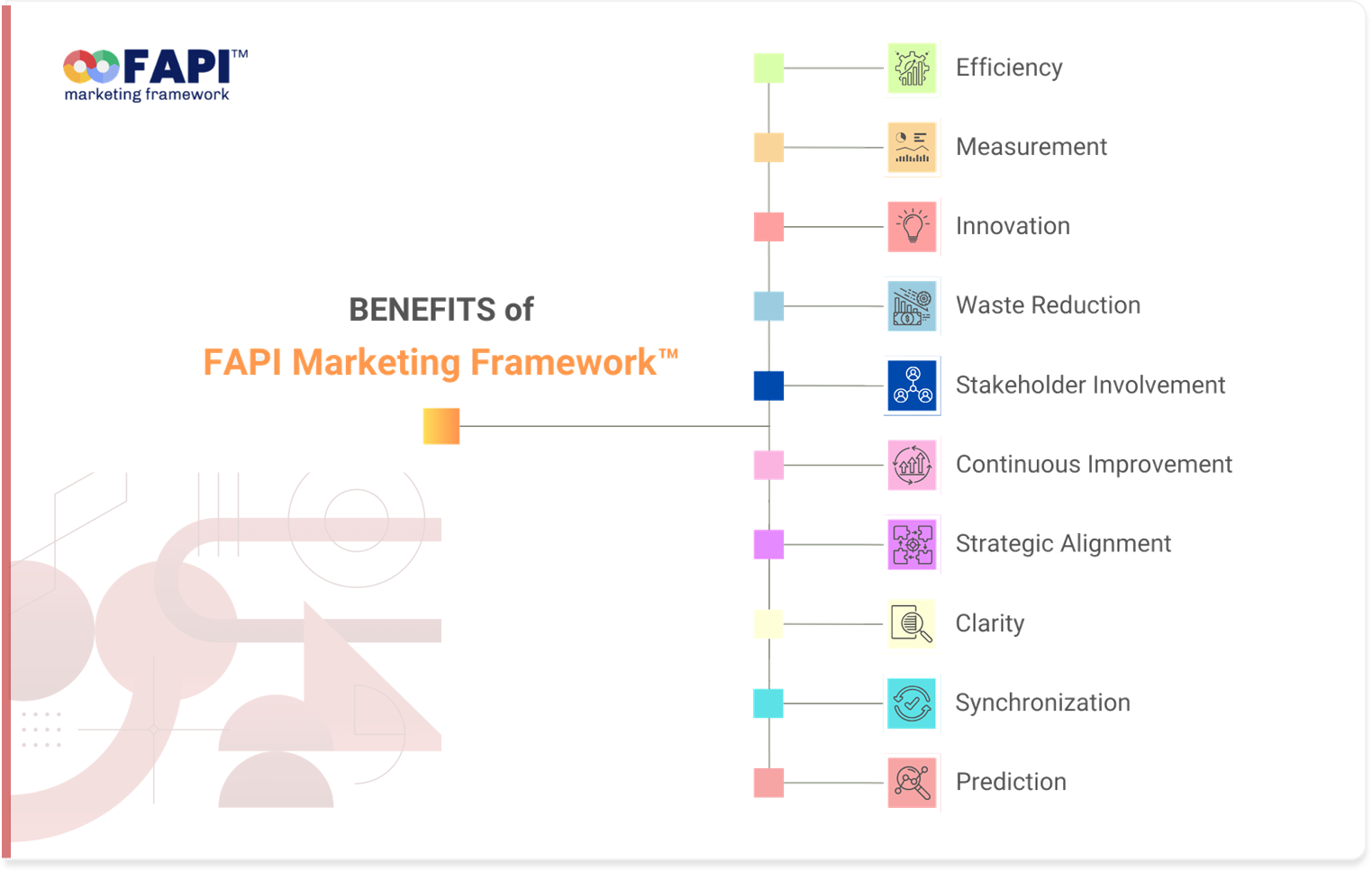
Benefit 2. Measurement and learning
In the digital age, data-driven decision-making is critical. The FAPI Marketing Framework™ equips organizations with tools to measure the outcomes of their marketing campaigns accurately. This data-driven approach enables companies to optimize future campaigns by leveraging insights from past endeavors. The FAPI Marketing Framework™ is designed to facilitate continuous learning.
Benefit 3. Encouragement of innovation
Innovation is the lifeblood of progress, and the FAPI Marketing Framework™ recognizes this by encouraging organizations to develop novel marketing strategies through an environment of creativity and experimentation. This approach keeps marketing efforts fresh and engaging and allows companies to adapt swiftly to changing market dynamics.
Benefit 4. Waste Reduction
Wasted resources translate to lost opportunities. The FAPI Marketing Framework™ aids in minimizing marketing waste by aligning activities with the company's objectives and optimizing processes. This ensures that resources are utilized efficiently, preventing unnecessary expenditure and contributing to a healthier bottom line.
Benefit 5. Stakeholder participation
The success of any marketing project hinges on effective collaboration among stakeholders from different business functions. The FAPI Marketing Framework™ emphasizes stakeholder involvement, ensuring that all relevant parties are engaged and informed throughout the project lifecycle. This inclusivity enhances project success rates and ensures that everyone is working towards the same well-defined goals.
Benefit 6. Path to continuous improvement
The FAPI Marketing Framework™ is designed with a focus on continuous improvement. Organizations can employ the framework as a constant feedback loop, consistently enhancing their marketing efforts. By learning from both successes and failures, companies can iterate on their strategies, adapting to market changes and staying ahead of the competition.
Benefit 7. Strategic alignment
One of the primary benefits of adopting the FAPI Marketing Framework™ is its ability to align marketing efforts with the overall business strategy. This integration ensures marketing initiatives are directed towards achieving the company's broader objectives. The framework facilitates a strategic mindset, guiding marketers to focus their activities in ways that resonate with the organization's goals, enhancing synergy across departments.
Benefit 8. Clarity in direction
The FAPI Marketing Framework™ provides marketing teams with a clear direction that all members easily understand. This shared understanding fosters unity and ensures everyone is on the same page, working towards common objectives. Clarity in direction minimizes confusion and maximizes the efficiency of marketing initiatives.
Benefit 9. Synchronization
In large organizations, coordination can be a challenge. The FAPI Marketing Framework™ addresses this issue by keeping marketing teams and stakeholders synchronized. This synchronized approach guarantees that everyone is up-to-date with the latest developments, fostering cohesive efforts and preventing information gaps.
Benefit 10. Predictable outcomes
Lastly, the FAPI Marketing Framework™ empowers organizations to predict marketing performance accurately. By leveraging historical data and insights, companies can make informed decisions and allocate resources effectively. This predictive capability enhances the precision of marketing strategies, resulting in better outcomes.
The FAPI Marketing Framework™ is a powerful asset for organizations seeking to empower their marketing strategies. The framework offers a holistic approach that fosters success in today's dynamic business landscape. By embracing the benefits of the FAPI Marketing Framework™, companies can unlock their true marketing potential and chart a path towards sustained growth.
Ready to empower your marketing function?
Contact us now to unlock your organization's true marketing potential.

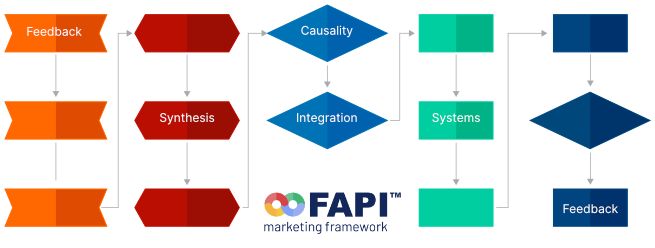
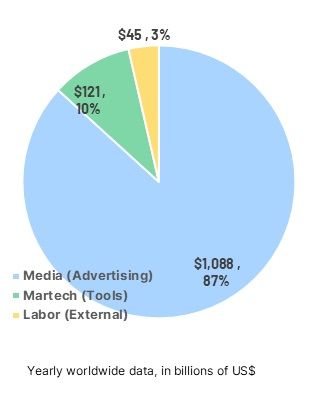

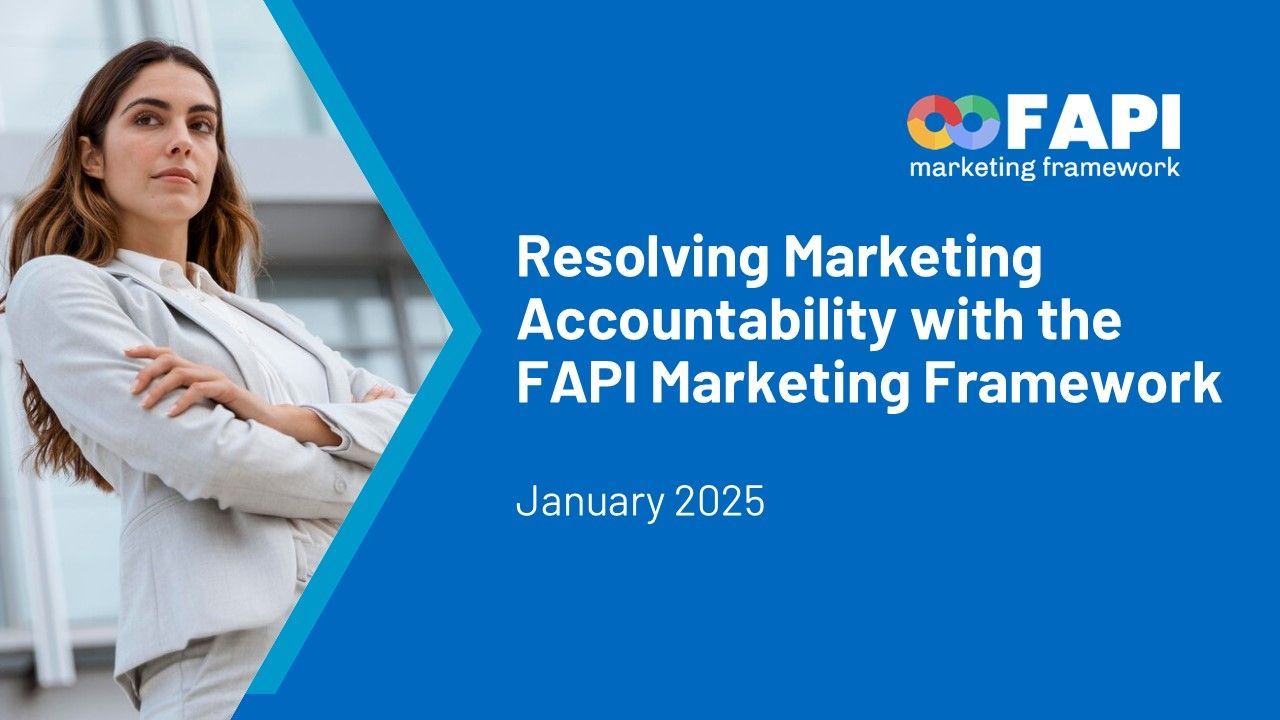
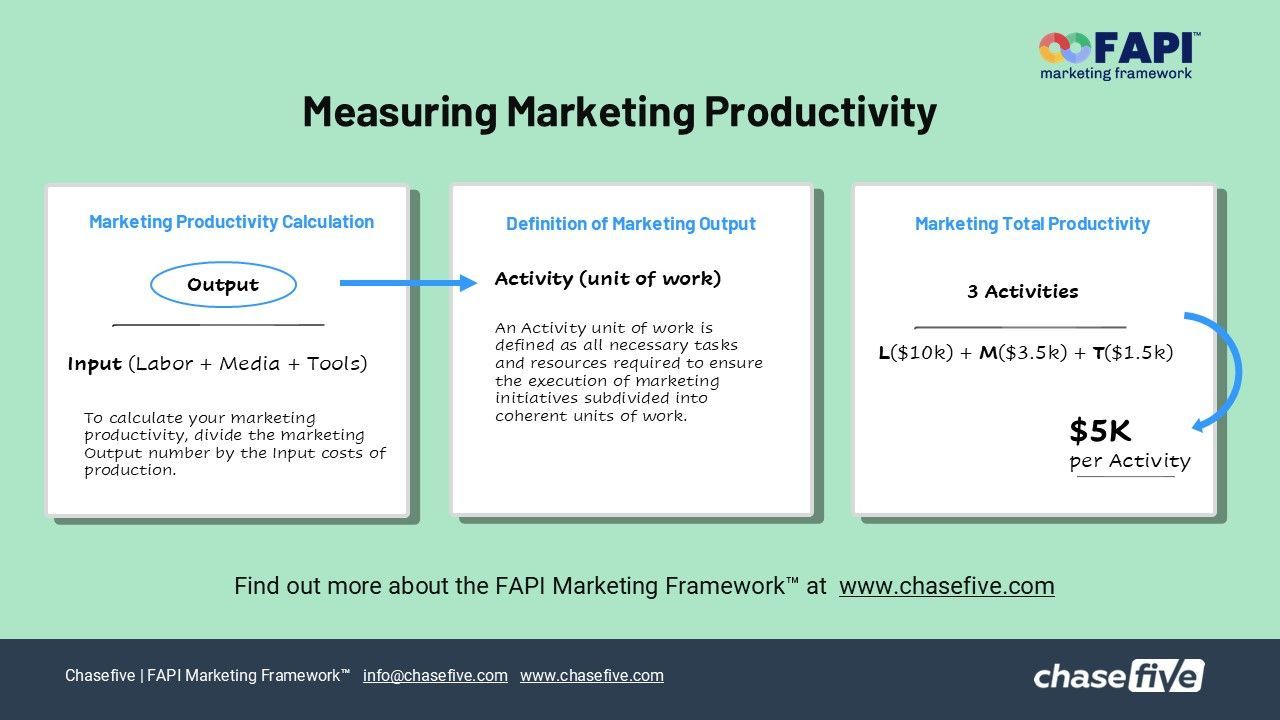

2025 Chasefive Management and FAPI Marketing Framework™© Copyrighted material permission should be obtained prior to any reproduction. All other registered trademarks herein are the property of their respective owners.
